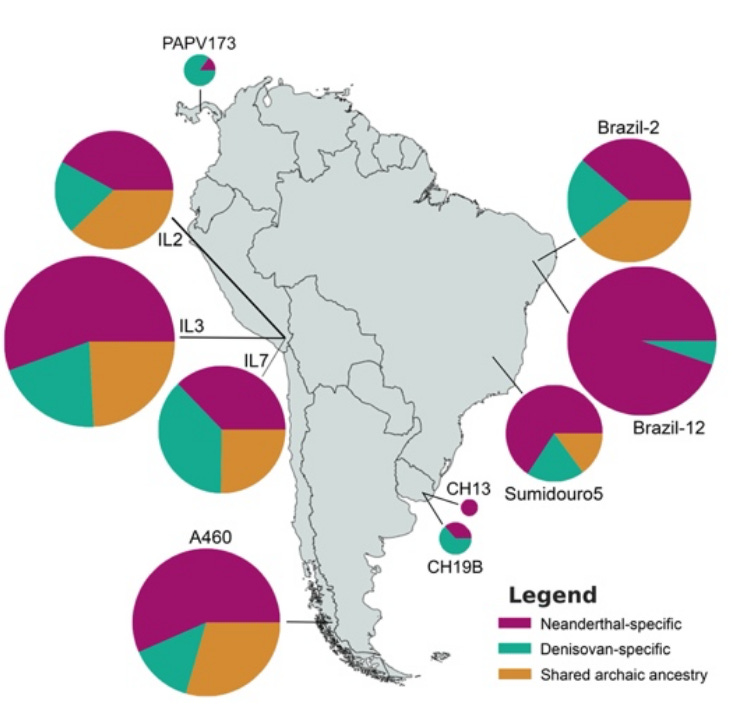Ancient South Americans Have Neanderthal & Denisovan DNA
Some of the oldest humans on the continent's genetic origins are being revealed by two archaeological sites in Brazil.
The existence of DNA from extinct human species such as Neanderthals and Denisovans has been found by researchers studying the genomes of ancient South Americans. The report was published this week in the Proceedings of the Royal Society B1. The study, which examined ancient genomes from skeletal remains from Brazil, Panama, and Uruguay, also revealed the early South Americans' transcontinental travel habits. Neanderthal or Denisovan ancestry has never before been linked to ancient South Americans, which is what makes this study remarkable.
Keep reading with a 7-day free trial
Subscribe to Anthropology.net to keep reading this post and get 7 days of free access to the full post archives.



